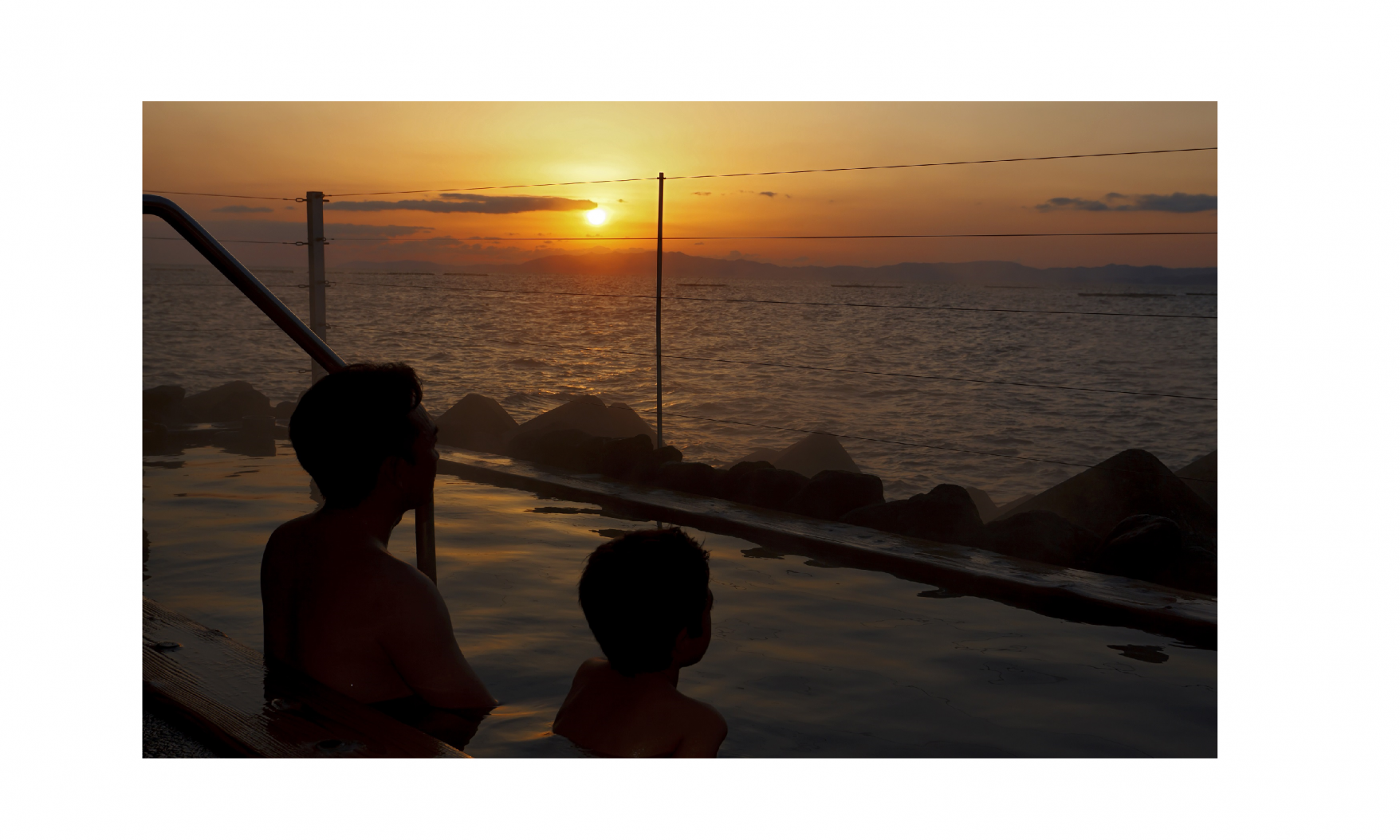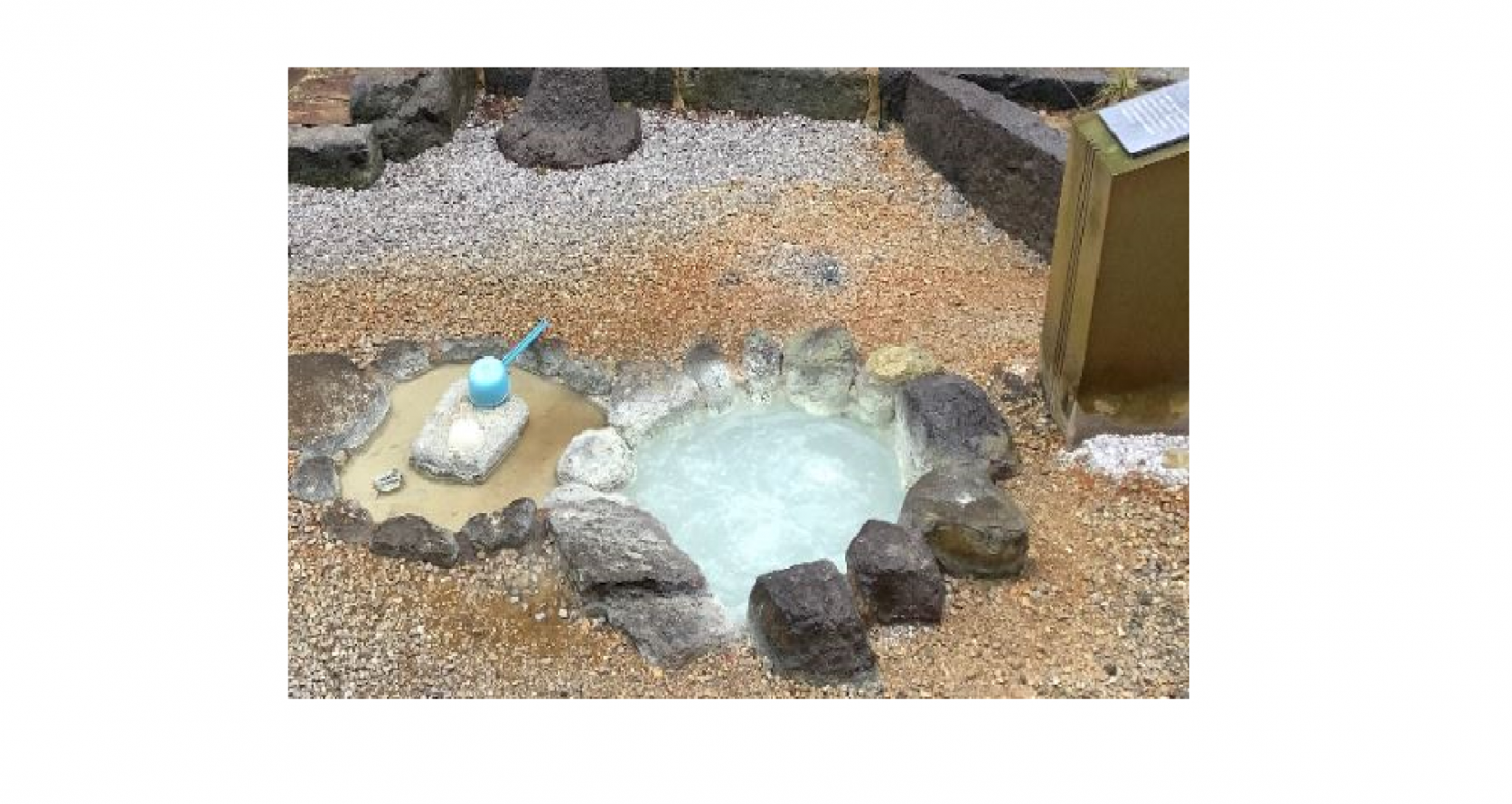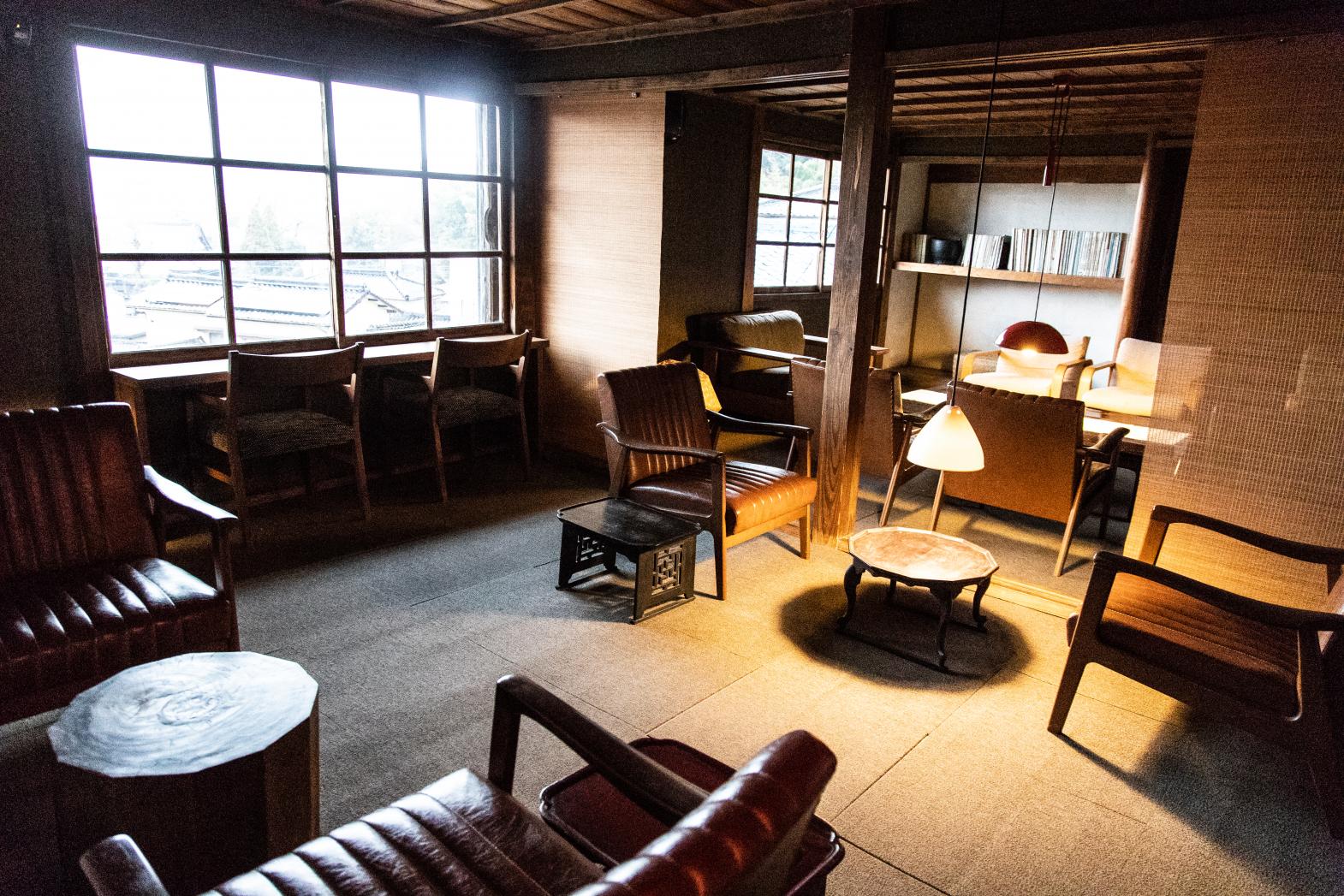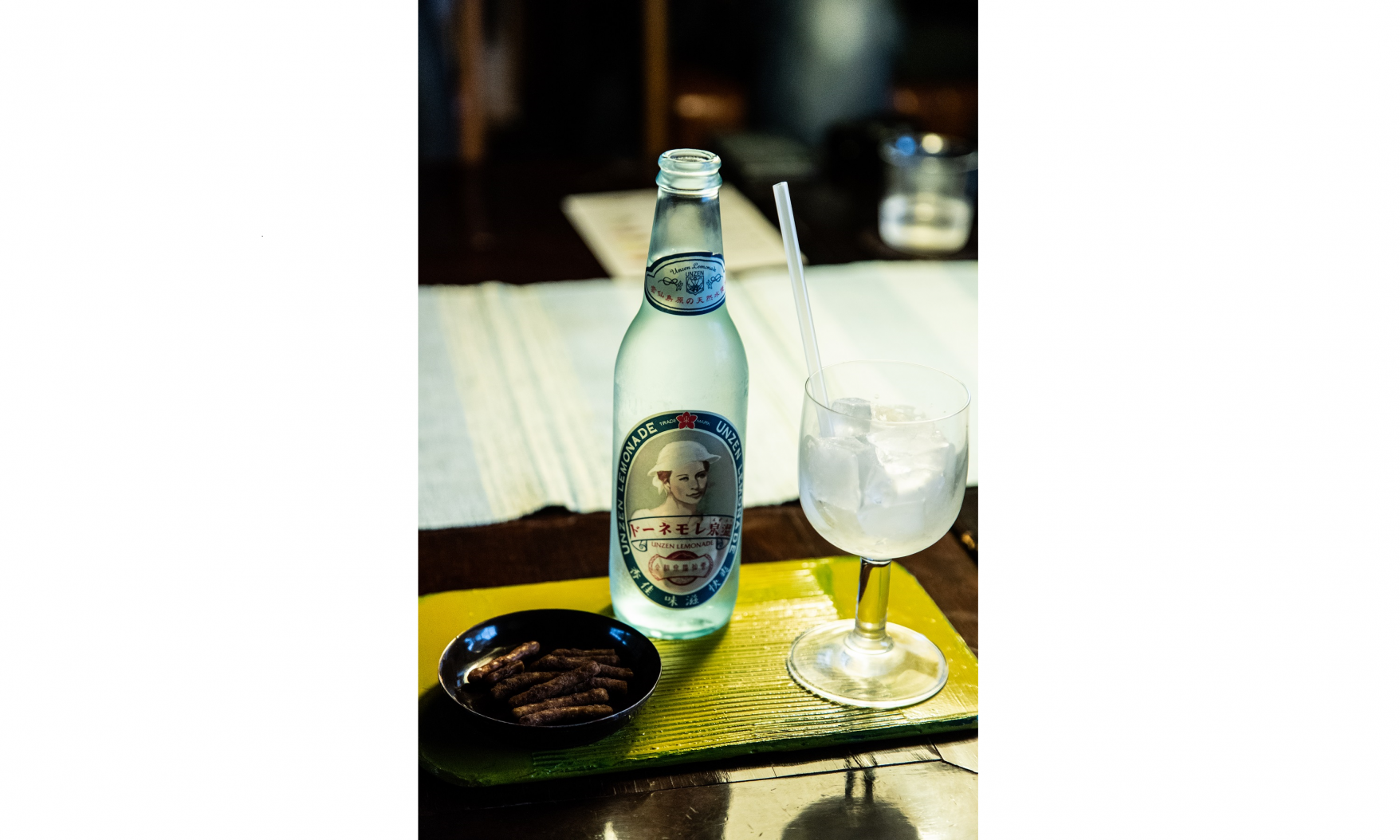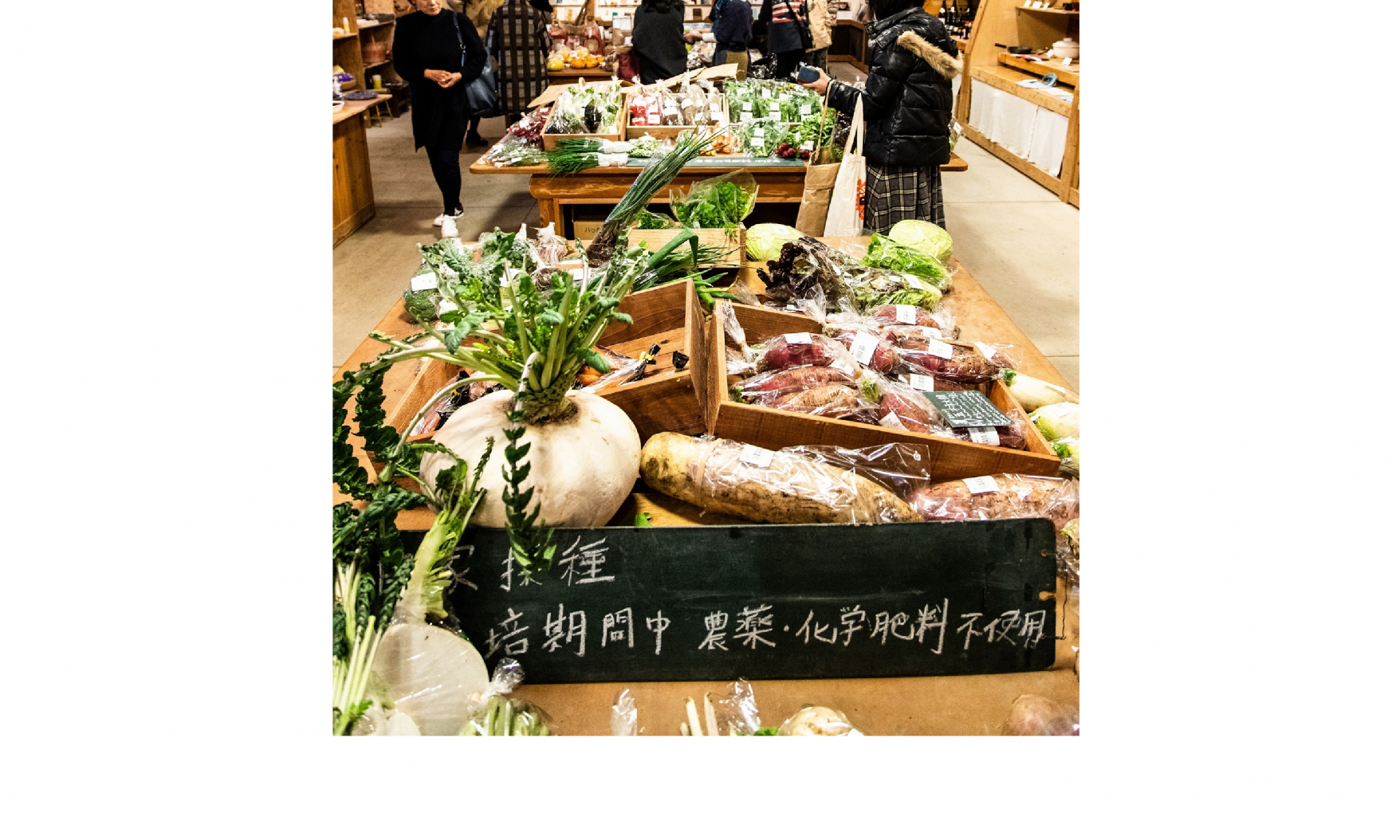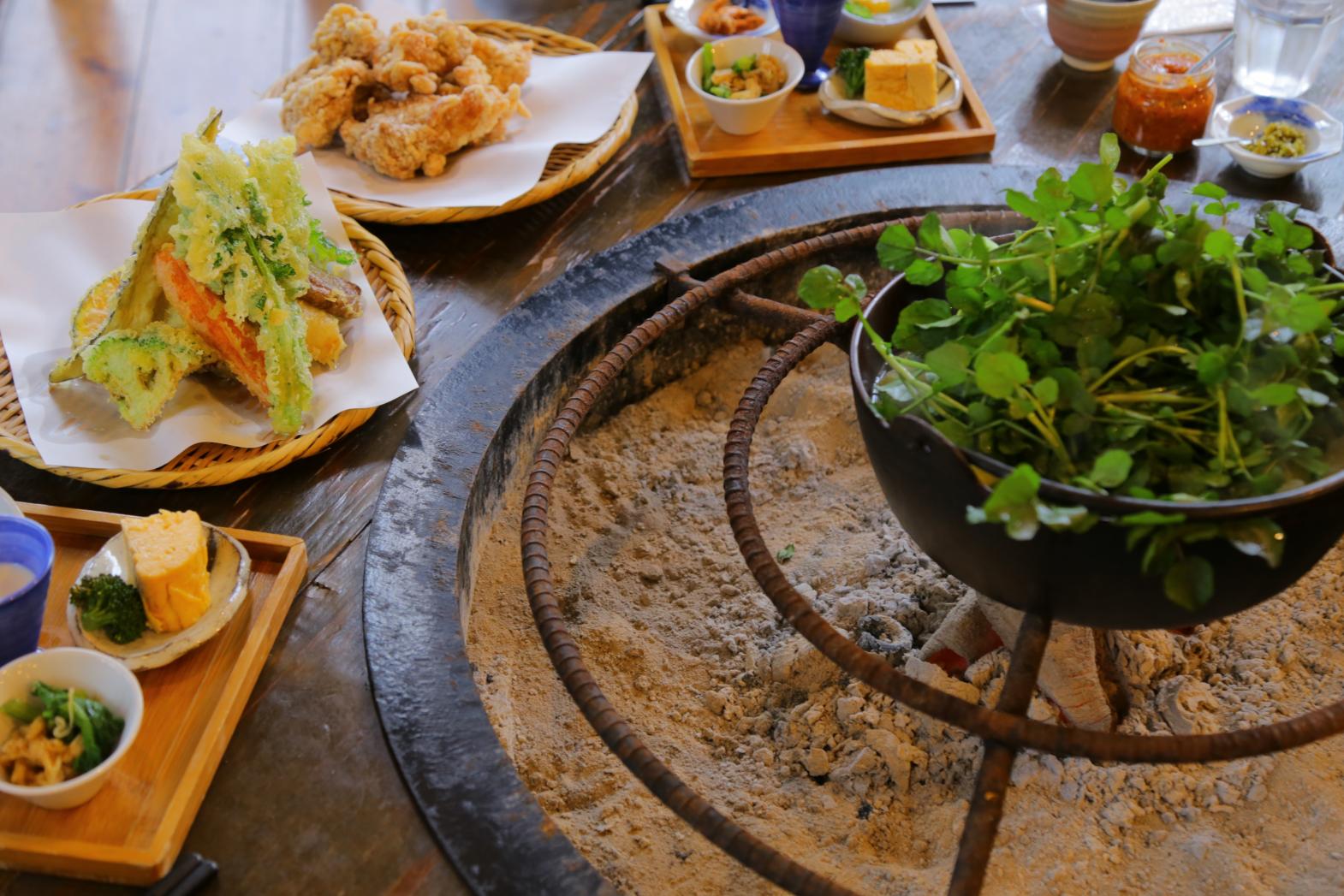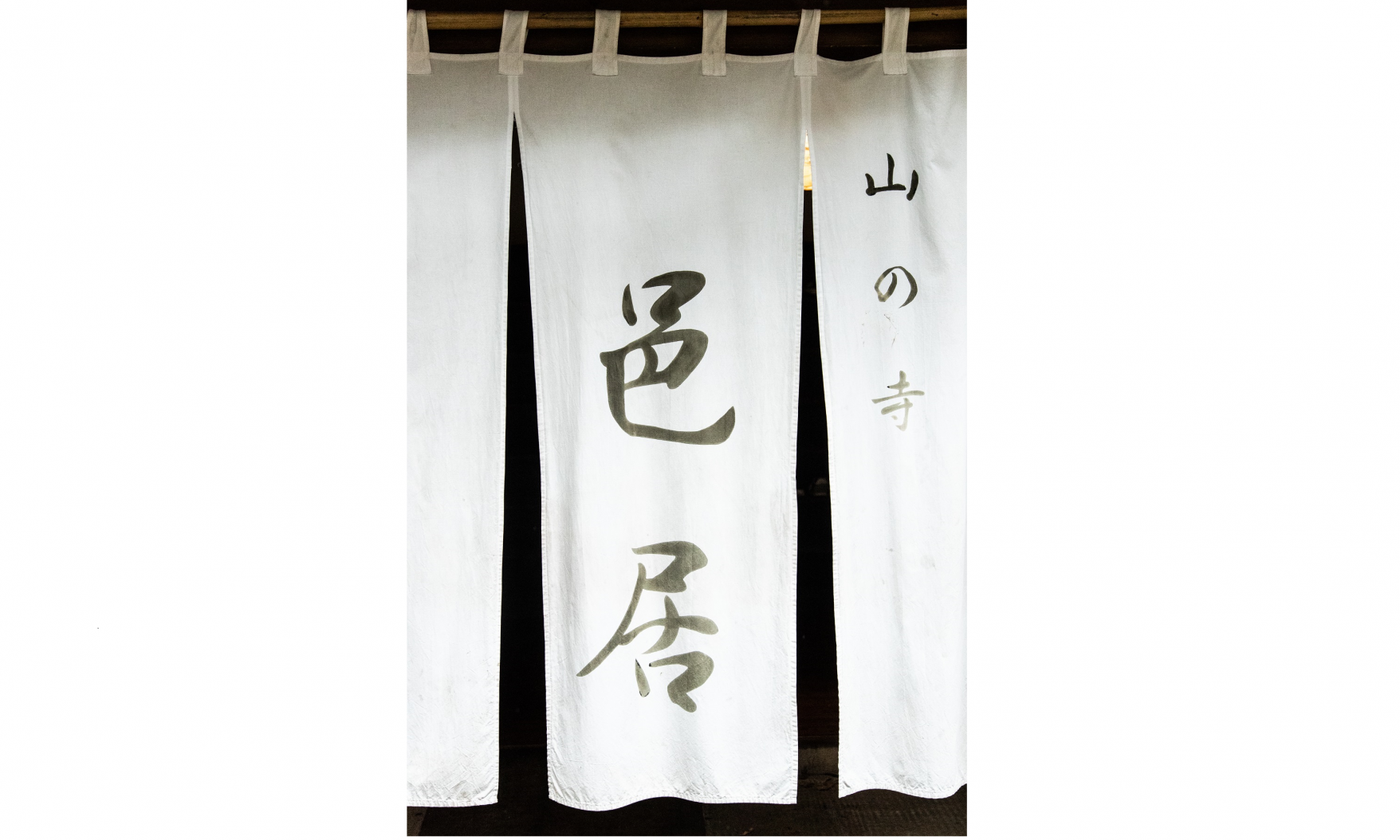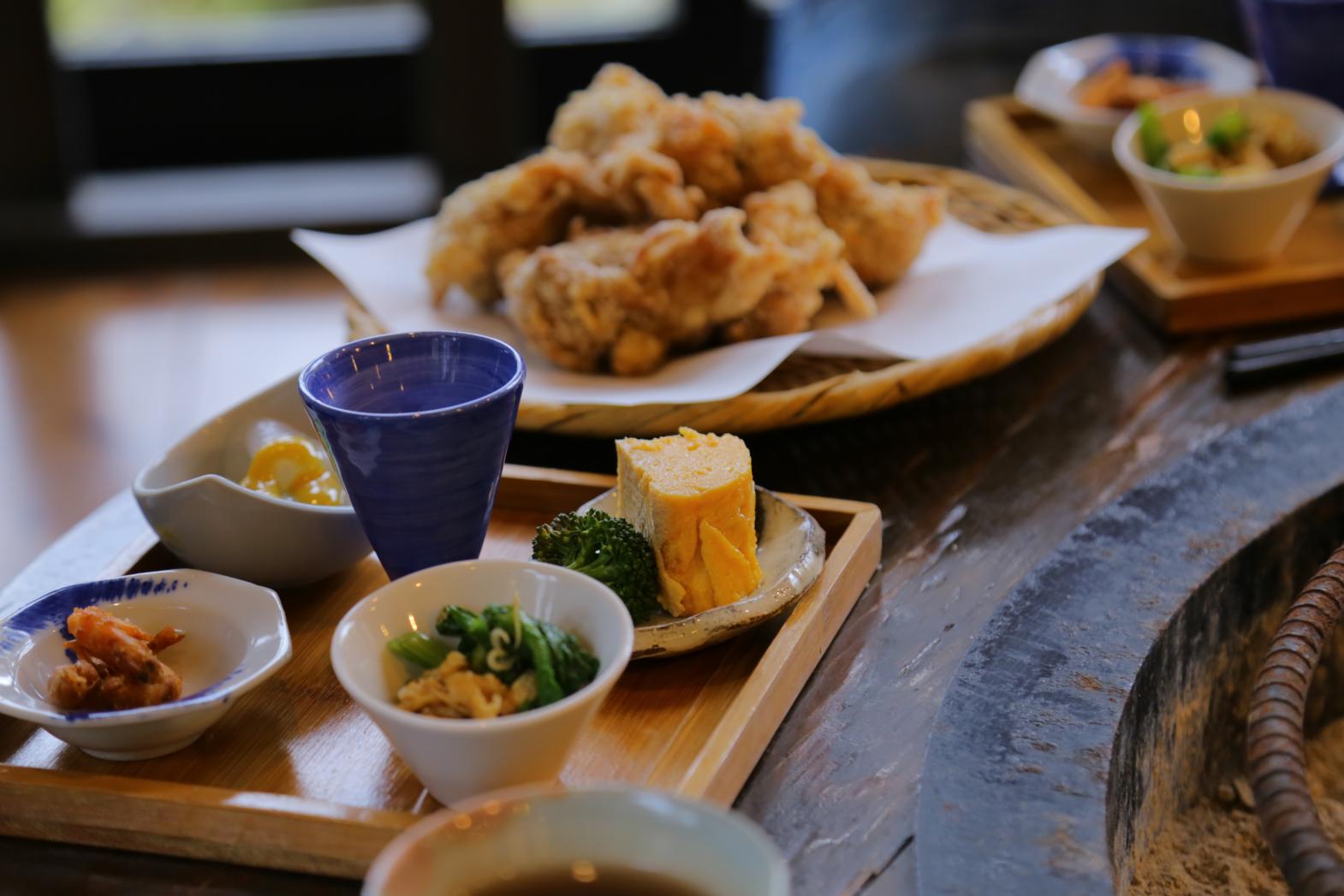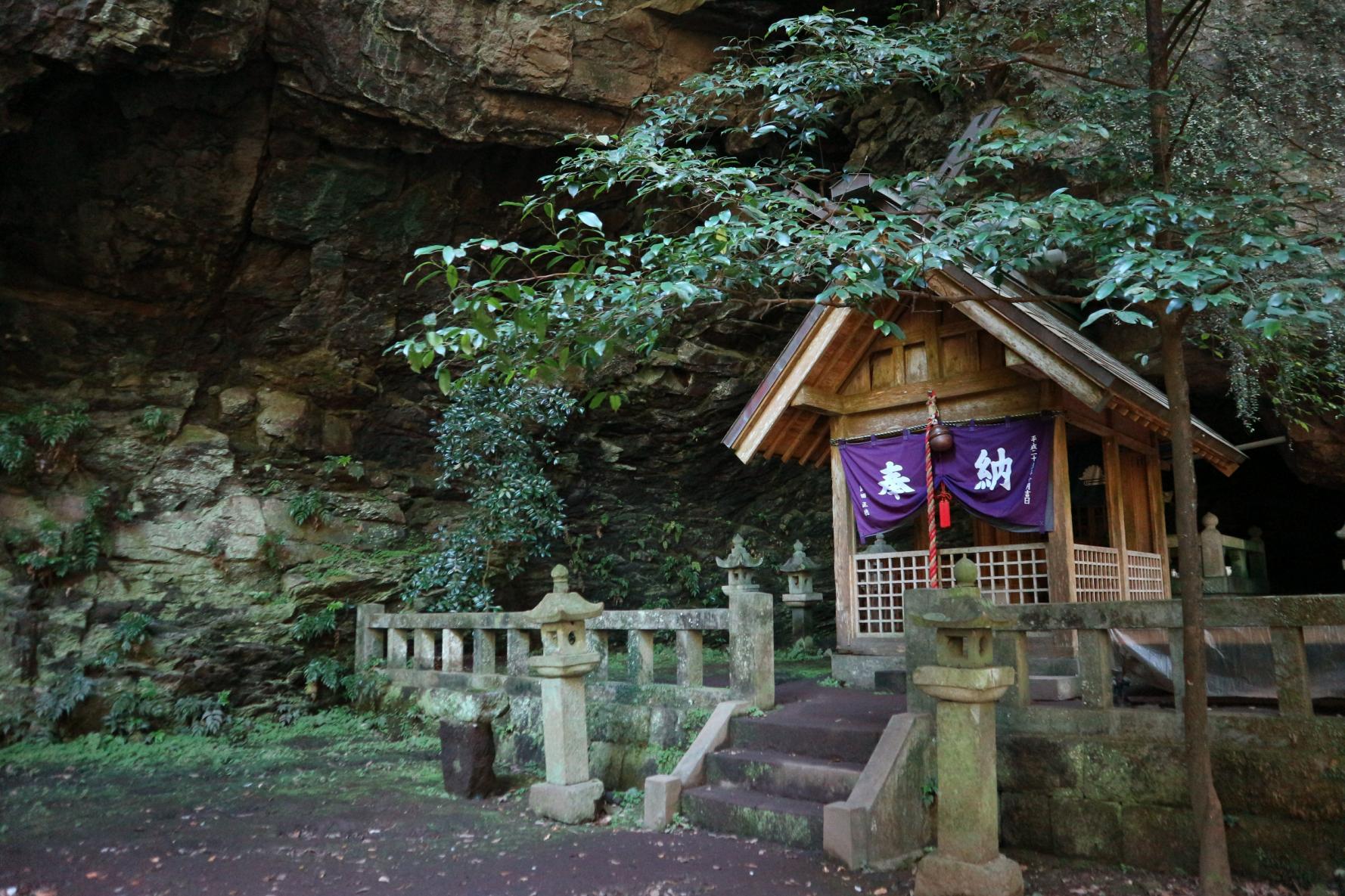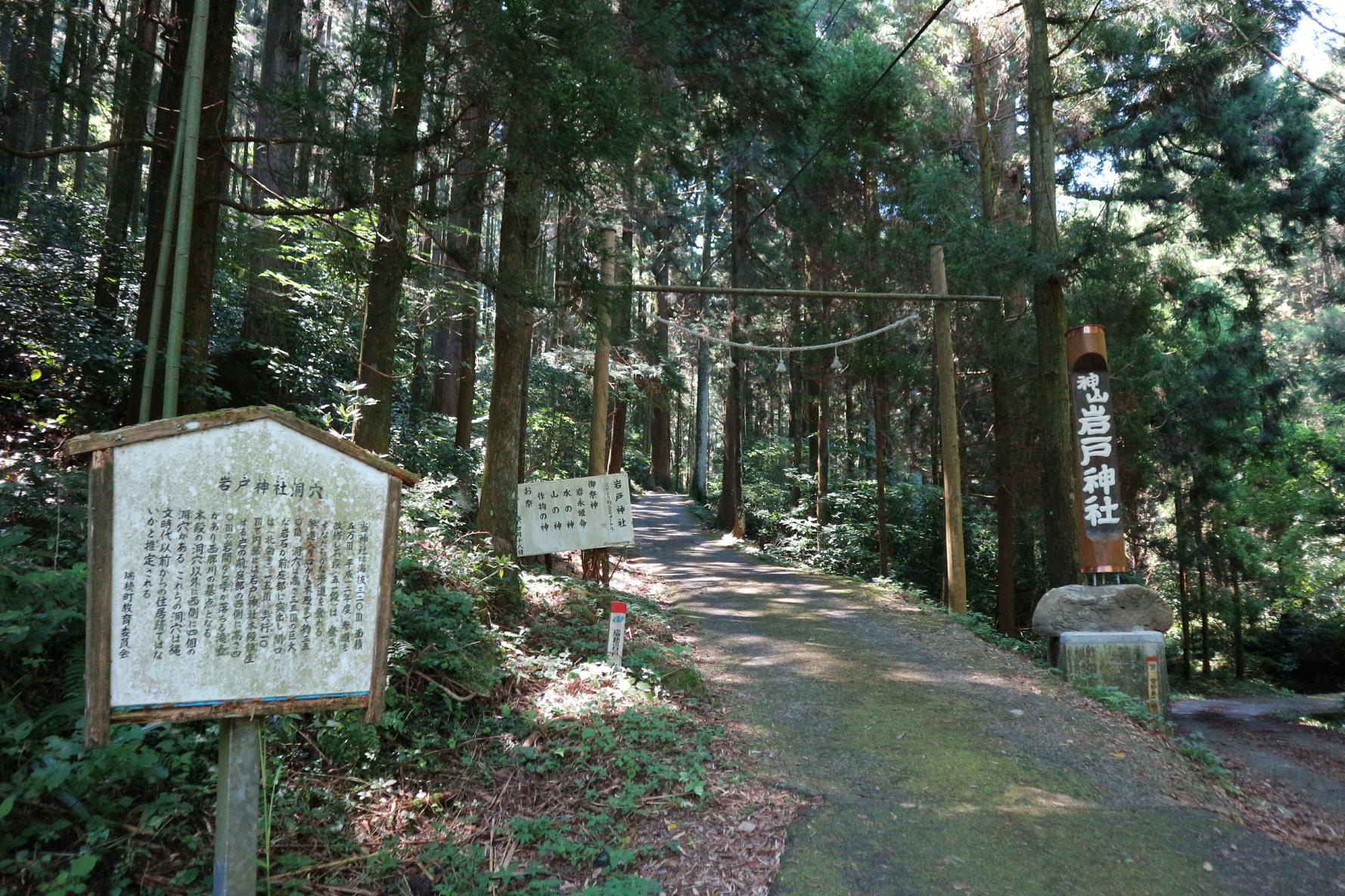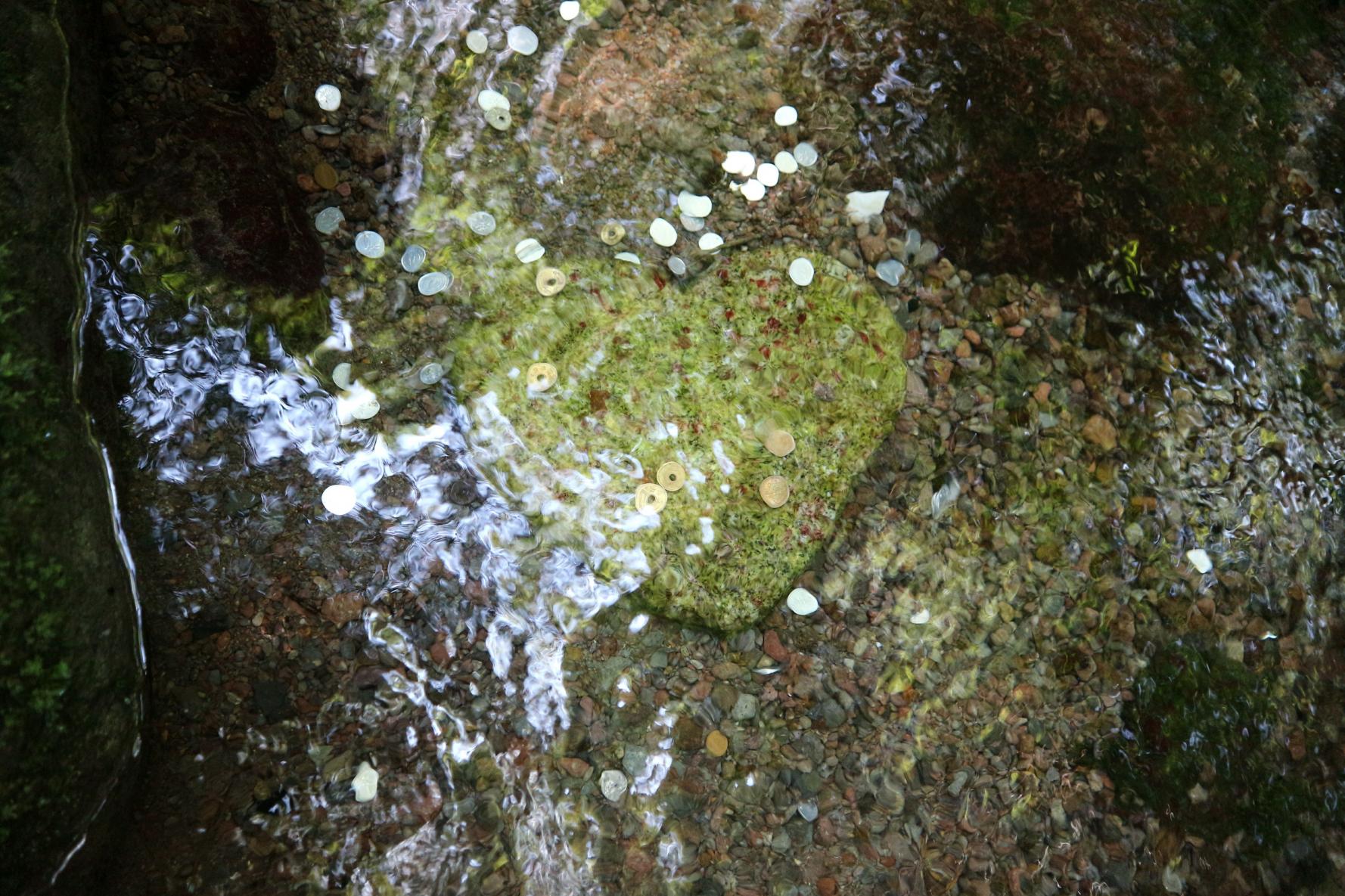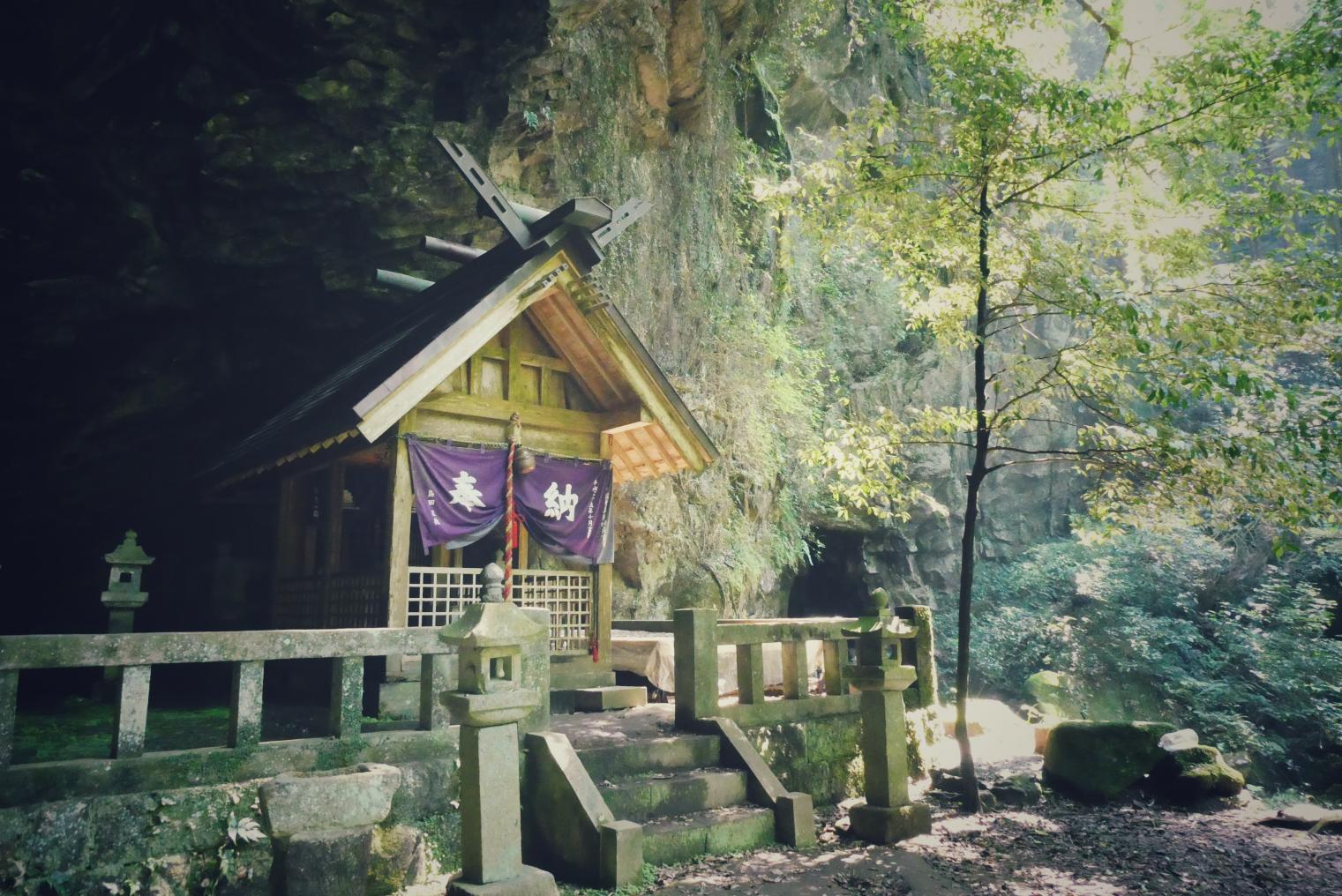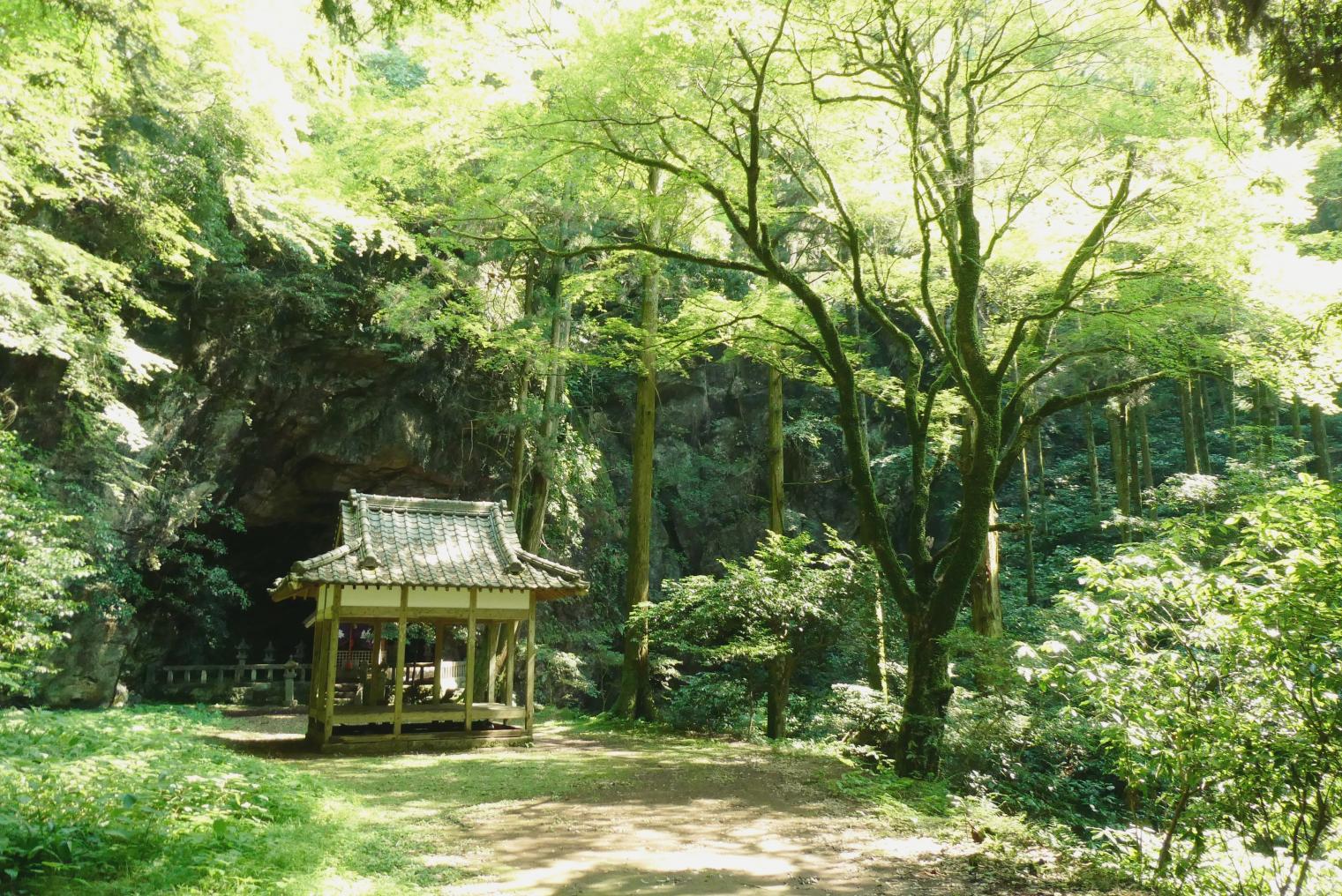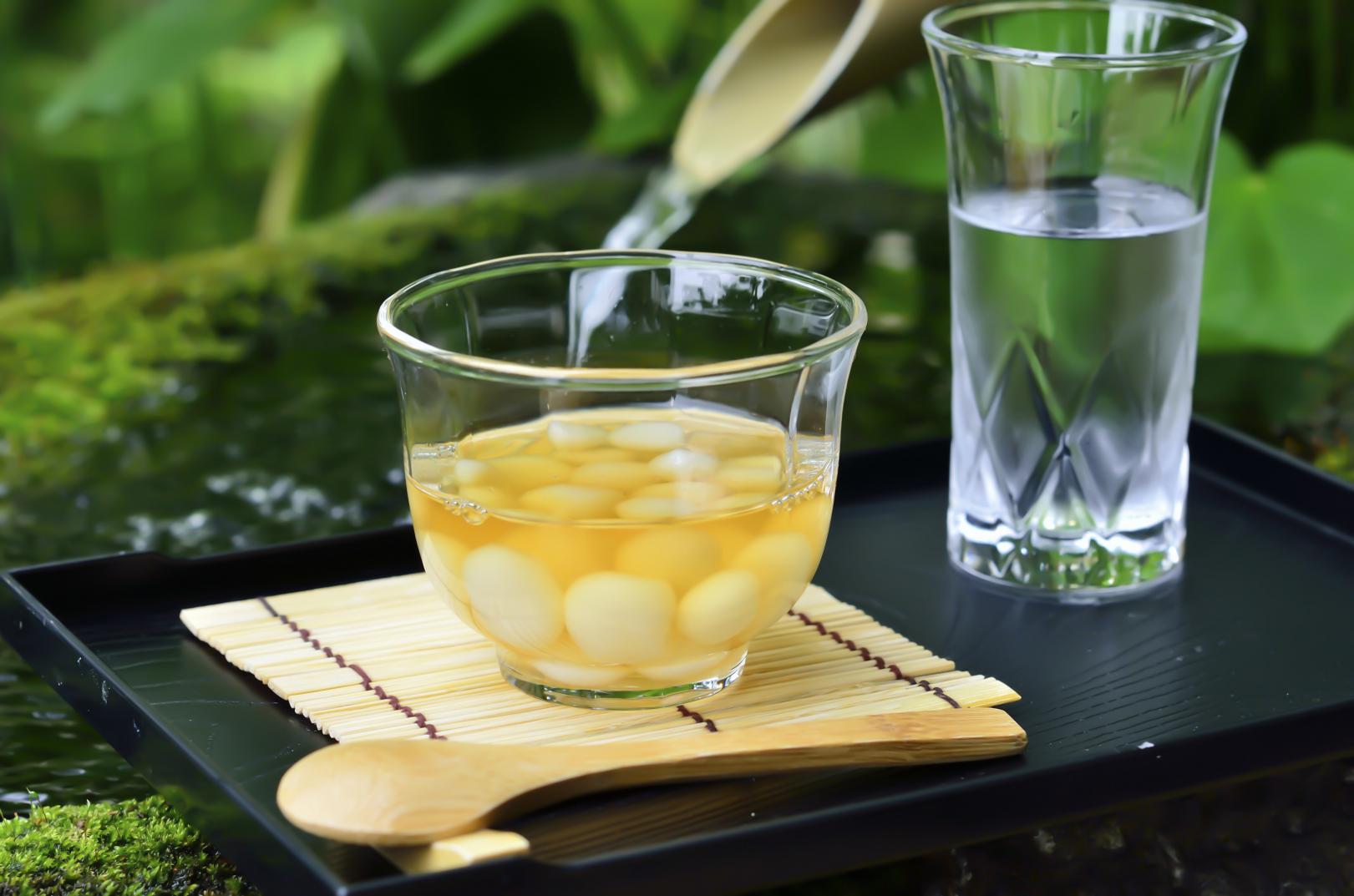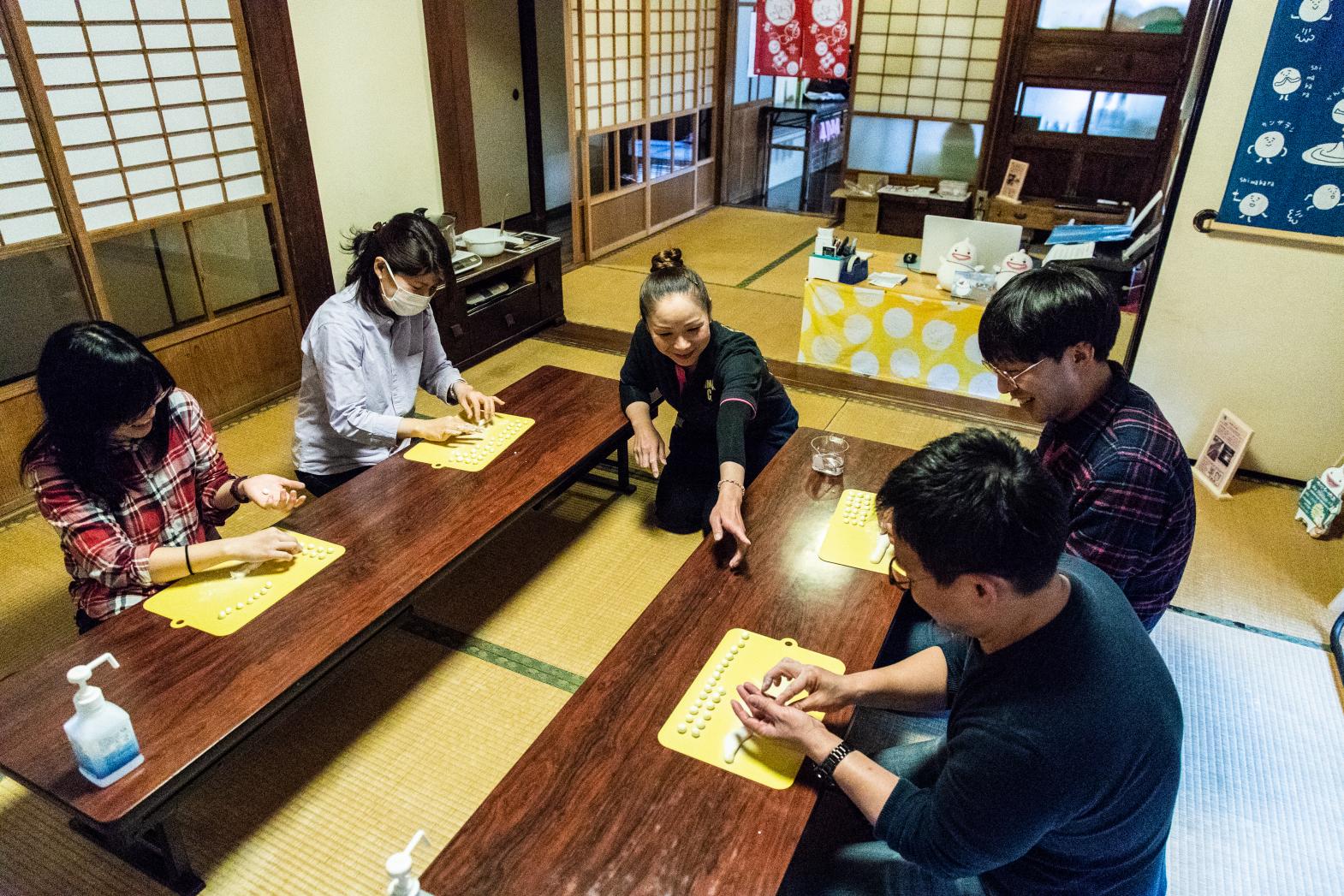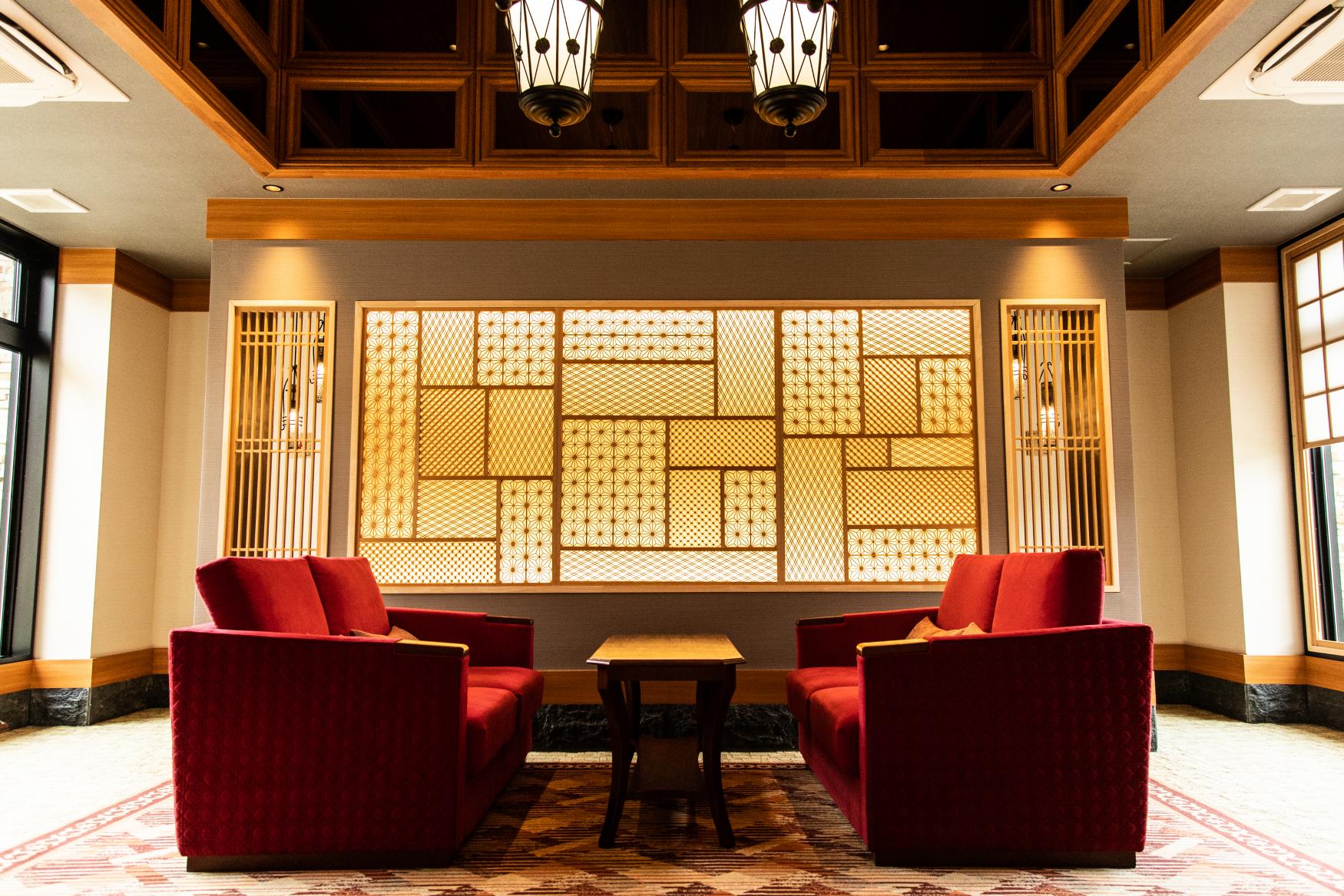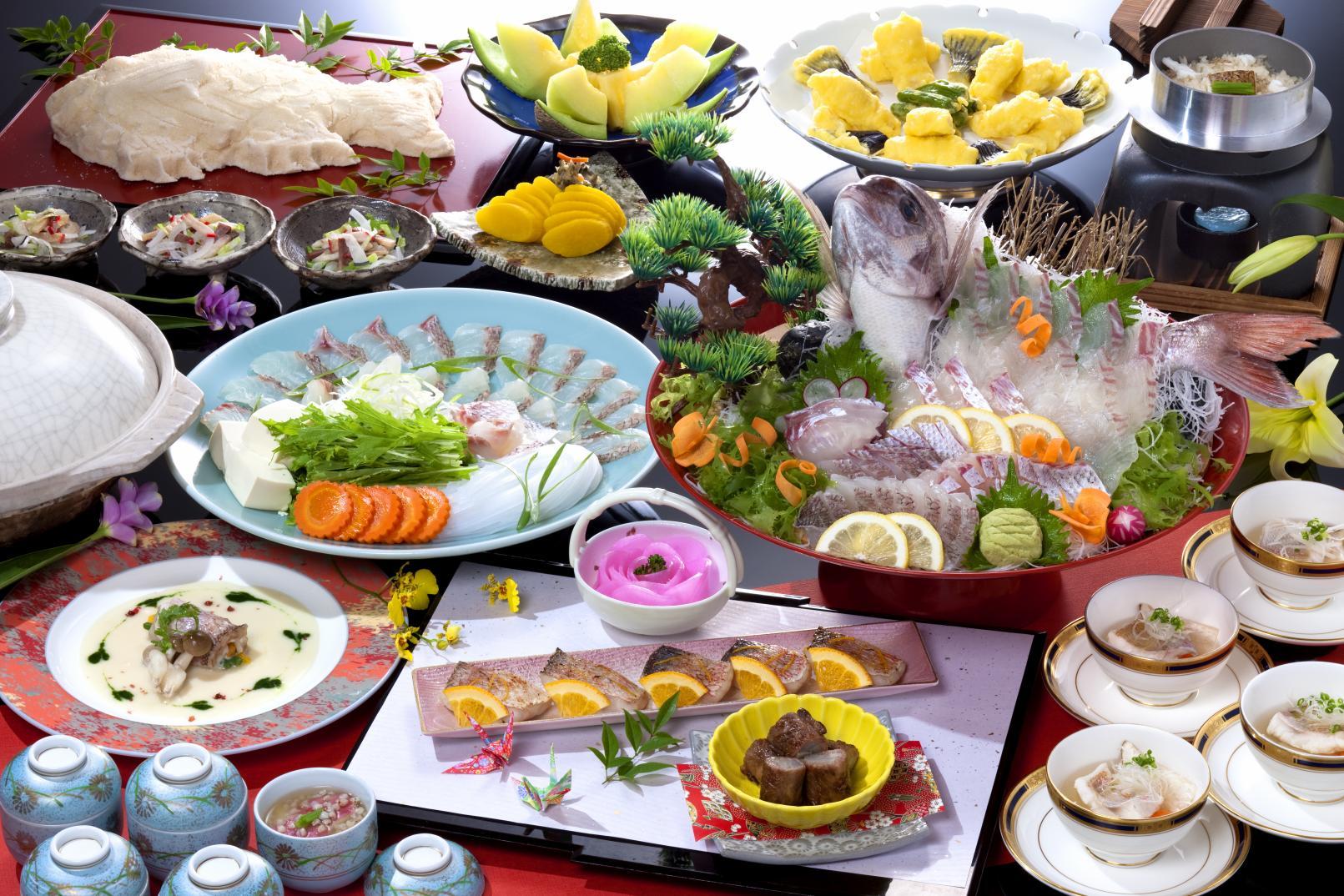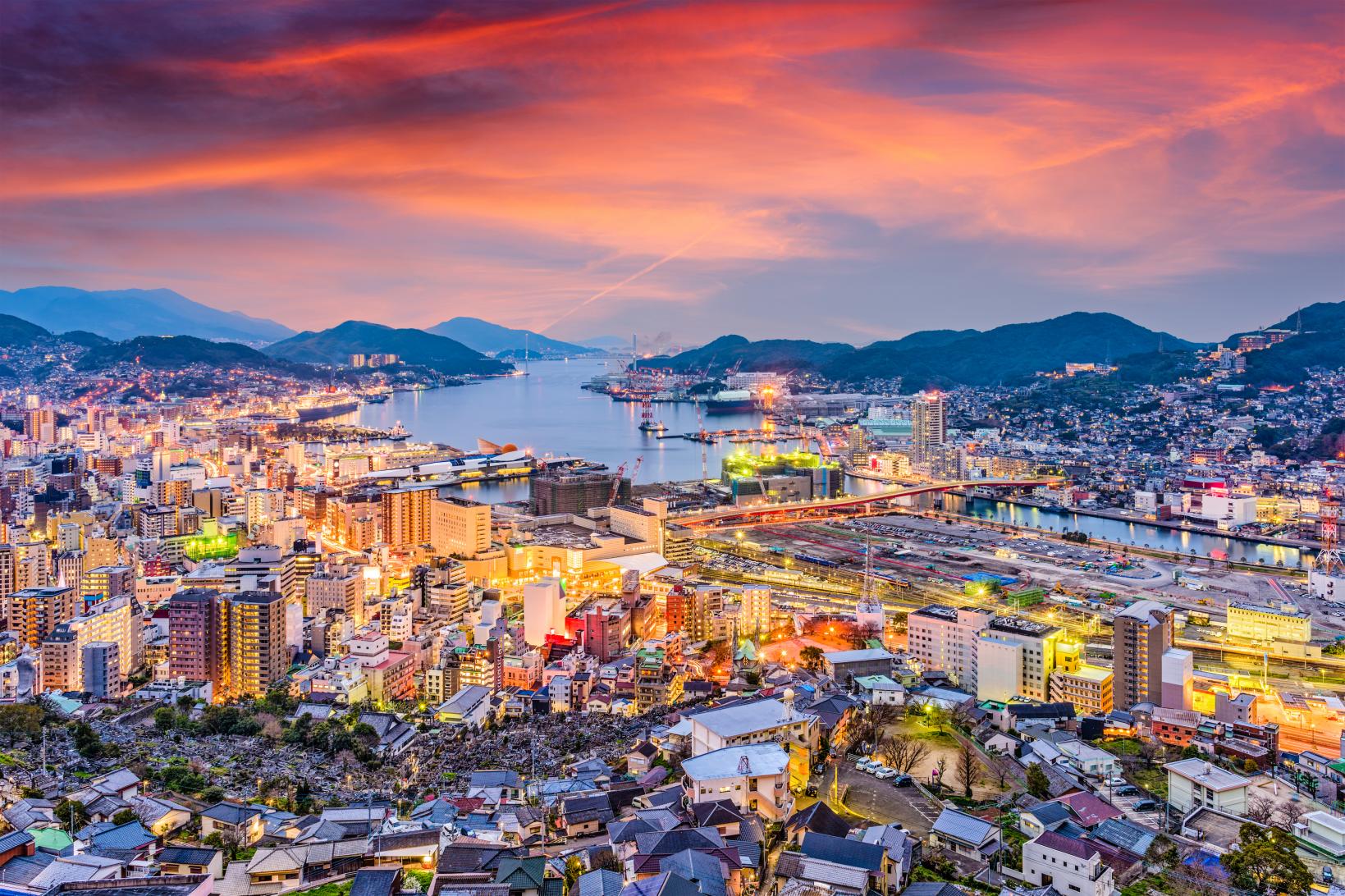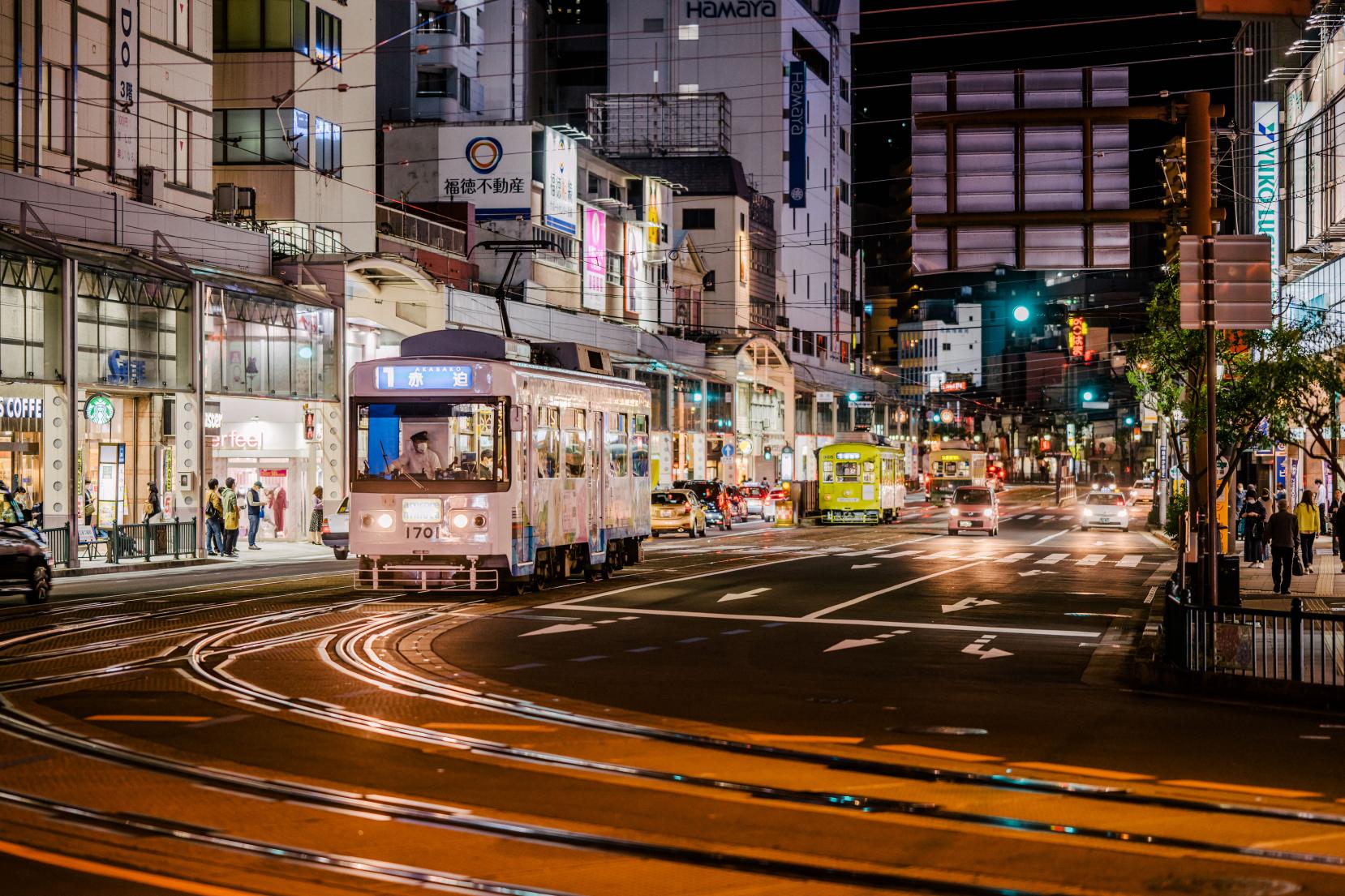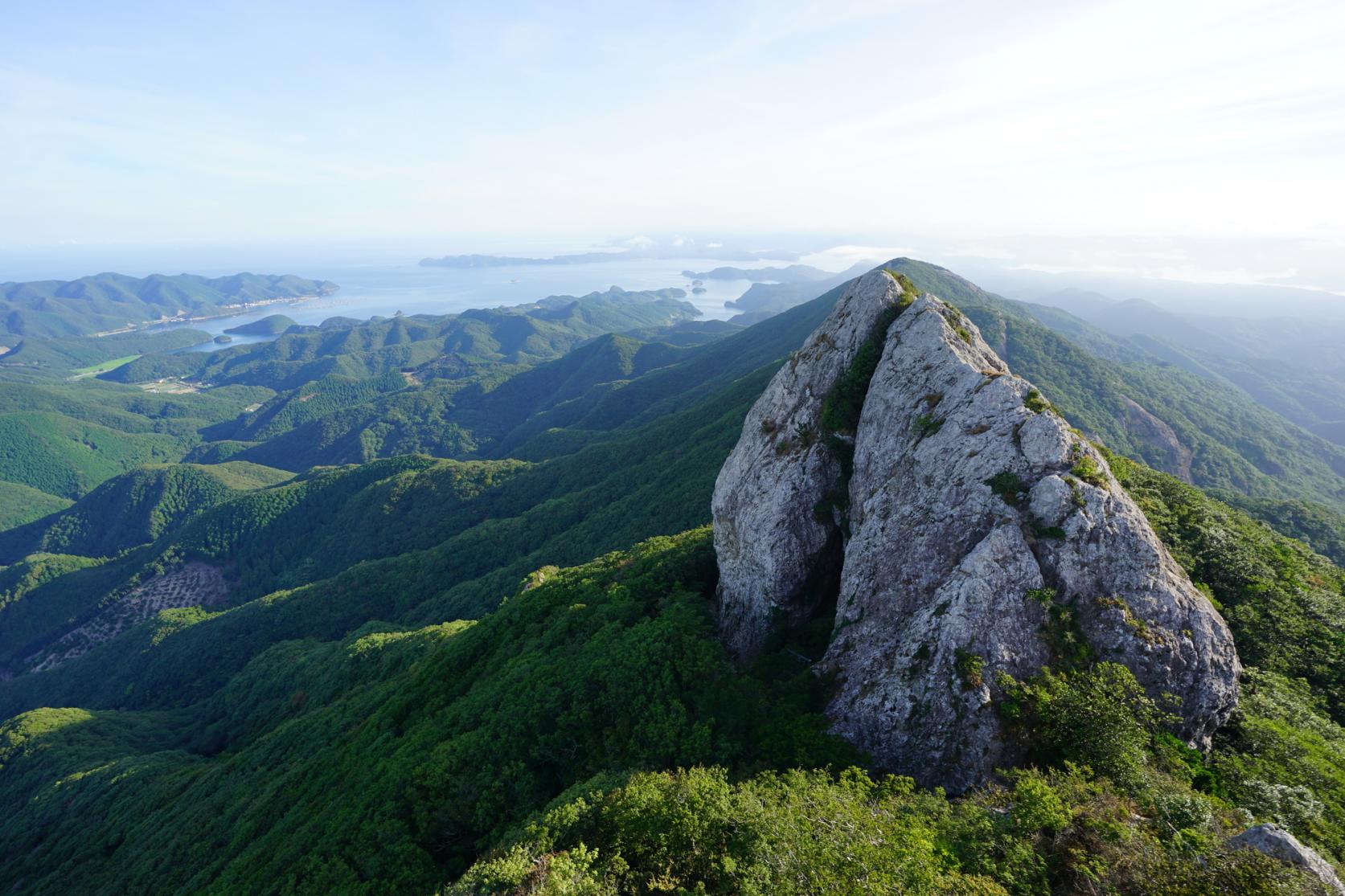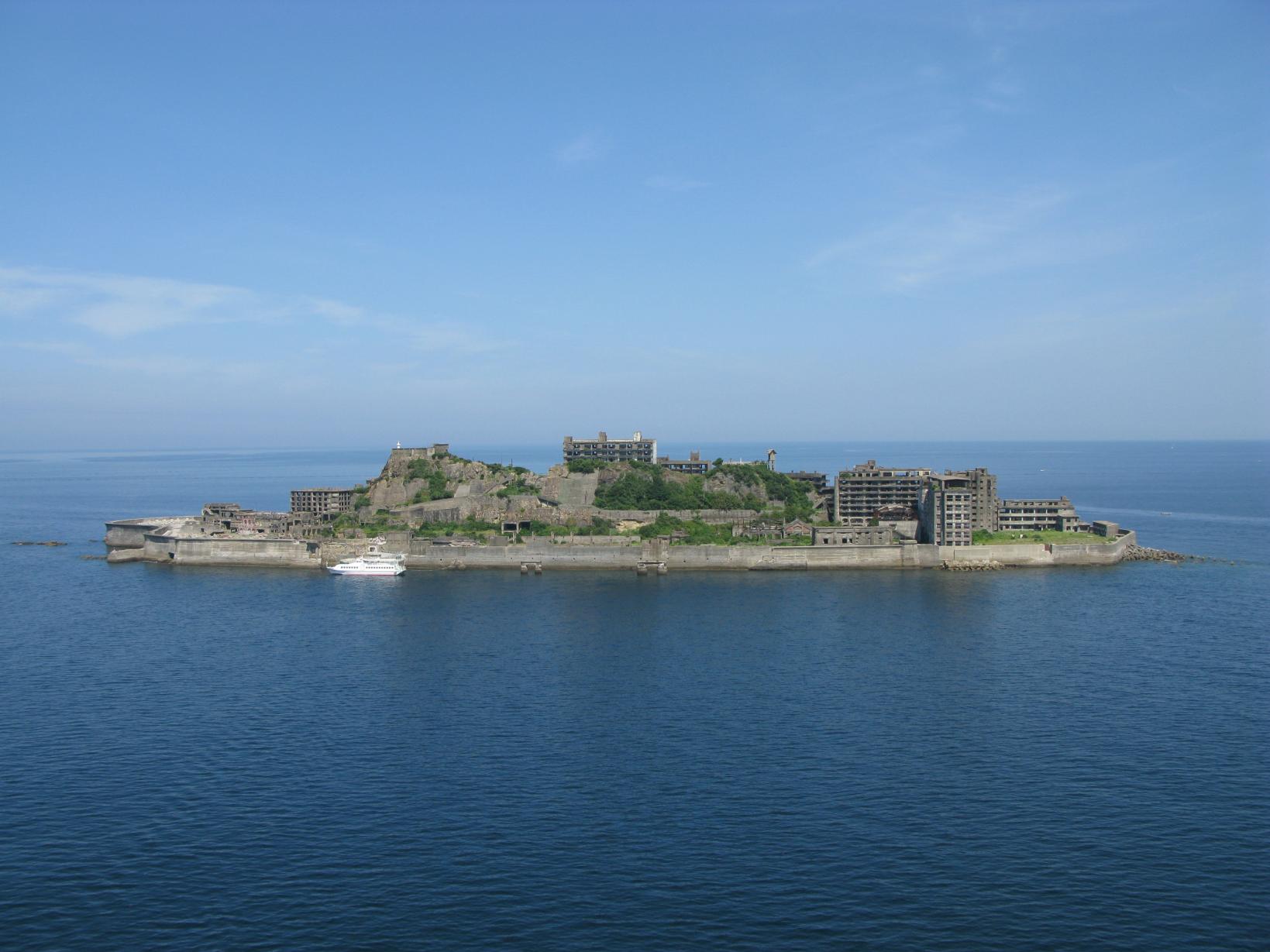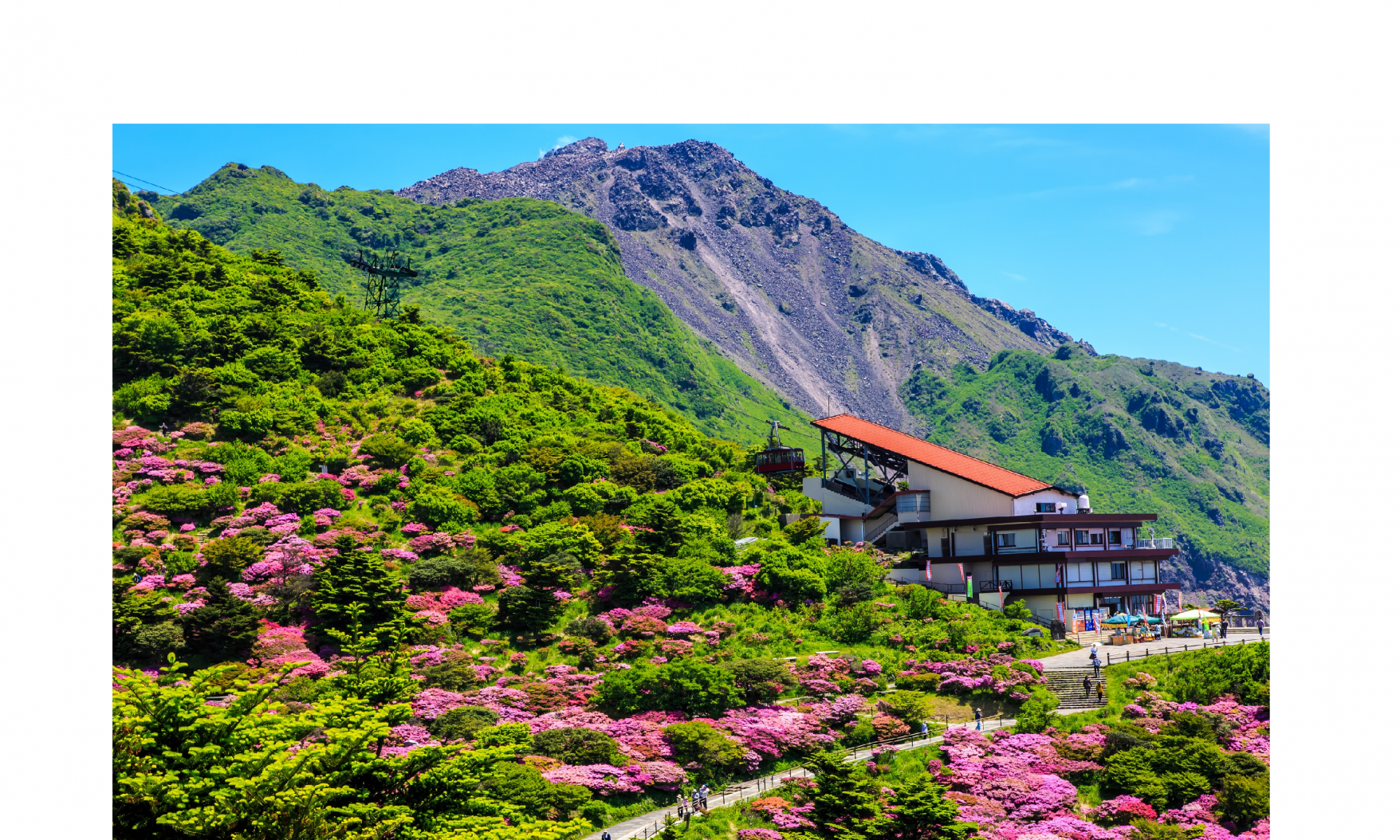
8 Things to Do to Get to Know Shimabara Peninsula
“If you look at the peninsula on the map, it looks like a stomach,” our local guide half-joked, as he drove us through rolling scenes of terraced rice fields in this southeastern part of Nagasaki Prefecture. Distinct patches of red-soil potato farmland and houses with black tiled-roofs (kawara-yane) dotted the villages we passed by, hinting at a way of life handed down for generations. I couldn’t help but think this imaginary stomach is indeed stuffed full of goodies.
Formed by volcanic eruptions hundreds of thousand years ago, Shimabara Peninsula houses Japan’s oldest Unzen National Park (since 1934) at its center. It is also the country’s first UNESCO Global Geopark, and millions of tourists are lured here every year for its relaxing (onsen) hot spring resorts (Obama, Unzen and Shimabara), impressive seasonal foliage, historical sites and local cuisine.
There are certainly plenty to do here. But following a three-day exploration, we narrowed down eight to bring you up close with this captivating region.
1. Namino-yu Akane
Ever heard of a restaurant with a nearby (like 5 seconds away) outdoor hot spring bath by the sea? Mushigamaya, located in Obama-cho, a tranquil hot spring resort town, offers just that. After filling up with fresh local seafood and other produce steamed by the hottest spring waters (105 degrees) in Japan, walk right up to its open-air onsen across the road, take a dip and enjoy an unobstructed view of the gorgeous Tachibana Bay.
2. Cold Spring
Obama Onsen has some of the hottest and most active hot springs in Japan, and this is pretty evident in the streets. As we walked around, sulfurous fumes filled the air and steam billowed out of vents and pipes. However, contrary to what you may think, not all springs in Obama are hot. Tucked in a residential area up on a hill near the public hall is Obama's only cold spring (well, 25 to 27 degrees to be exact). It is said to contain high amounts of iron and carbonic acid, and to the unsuspecting eye, the “carbonated spring” looks like a cauldron of boiling hot water.
3. Karimizuan
On the same hill, you’ll also find Karimizuan, a cafe in a traditional Japanese wooden building, which also houses an exhibition space and shop selling tableware and pottery made by local designers. Each piece of furniture and lighting here looked like they could be pieces in a design museum. That’s no surprise because Karimizuan was opened by 52-year-old designer Kosei Shirotani, who was born in Unzen and has spent a large part of his career in Japan and Italy.
By refurbishing three empty buildings in 2014, he aimed to transform the small area into a charming town that can captivate more people and revitalize the depopulated Karimizu area.
4. Taneto
If you haven’t been to an organic farmers’ market, make Taneto in Chijiwa your first. Operated by Organic Base, which also runs cooking classes in Tokyo’s Kichijoji city, Taneto is filled with vegetables that you’re unlikely to see in other stores or supermarkets. Most of them can trace their existence to the efforts of one man, Masatoshi Iwasaki, who has spent the past 35 years painstakingly cultivating the seeds of about 80 species of vegetables through Unzen’s mineral-rich soil. Taneto aims to promote sustainable and organic farming in Unzen, and ensure the survival of vegetables native to the area.
5. Yamanotera Yukyo
“How could there be a restaurant here?” Yamanotera Yukyo is nestled so deeply in the lush hills of Minami-Shimabara that we were starting to have our doubts on the way there. But our navigation system knew better, and the secludedness made sense once we got out of our vehicles and were greeted by a pond of colorful carp at its entrance.
Inside, the ambience was incredible. It felt like being cocooned in a forest even when we were indoor, thanks to the wall of glass windows. It’s no surprise why some could wait for up to two hours to get a taste of the restaurant’s signature nagashi somen (hand-stretched thin noodles flowing in cold water) when summer comes around. The dish was not available in March when we visited, but we still had an epic lunch of locally sourced karaage (fried chicken), grilled yama-me (trout), vegetable tempura, Nagasaki wagyu steak, and somen and watercress in a hotpot over an irori (Japanese sunken hearth) in the middle of our table.
6. Iwado Shrine
Another hidden spot in the mountains of Unzen is the small and relatively unknown Iwado Shrine. Surrounded by Japanese cypress and cedar trees said to be about 300 years old, some locals refer to it as a “power spot.” The shrine is located in a small cave, and the area provides a nice escape from reality, although it requires some effort to get there. In the summer, the nearby restaurant sells cold somen to be enjoyed in the cool mountains, while in autumn, maple trees fill the area with serene shades of orange and red.
7. Making Kanzarashi
Locals in Shimabara call Kanzarashi a soul food. In the old days, households mainly served the dessert to guests as a sign of their hospitality. Today, it has become a local specialty, and public broadcaster NHK has made a drama series surrounding the revival of the store where the dessert originated.
In the Shinmachi area (the City of Swimming Carp), Shimabara Yusuikan offers visitors a chance to make the small, round rice-flour dumplings, which are cooled with the city’s abundant spring waters and eaten with a sweet syrup. We thought they tasted like the chewy bits in tapioca tea. And who could have guessed? Rolling pieces of rice-flour dough into 40 mini-balls of similar size turned out to be quite a challenging yet fun experience.
8. Unzen Kyushu Hotel
Everything here is impeccable: An indulgent rooftop lounge with free-flowing drinks and massage chairs, top-notch personalized service, and exquisite dinner and decadent breakfast. Above all though, is the extraordinary view of Unzen’s famous geological landmark from the spacious room balcony.
Unzen Kyushu Hotel started operations in 1917 with 100 guestrooms, but underwent an overhaul and reopened in 2018 as a luxury accommodation with 25 rooms. Perched on top of a hill overlooking Unzen Jigoku’s (Hell) barren rocky landscape dotted with over 30 steamy hot springs, the view here is unrivaled. Waking up and drawing the curtains to reveal what looks like a live-motion painting of a steamy, apocalyptic setting dotted with hissing fumaroles and hot springs is a strangely therapeutic experience. If that’s not enough, there is a private hot spring bath in each room that lets you peer down at Unzen Hell below.
NEXT



